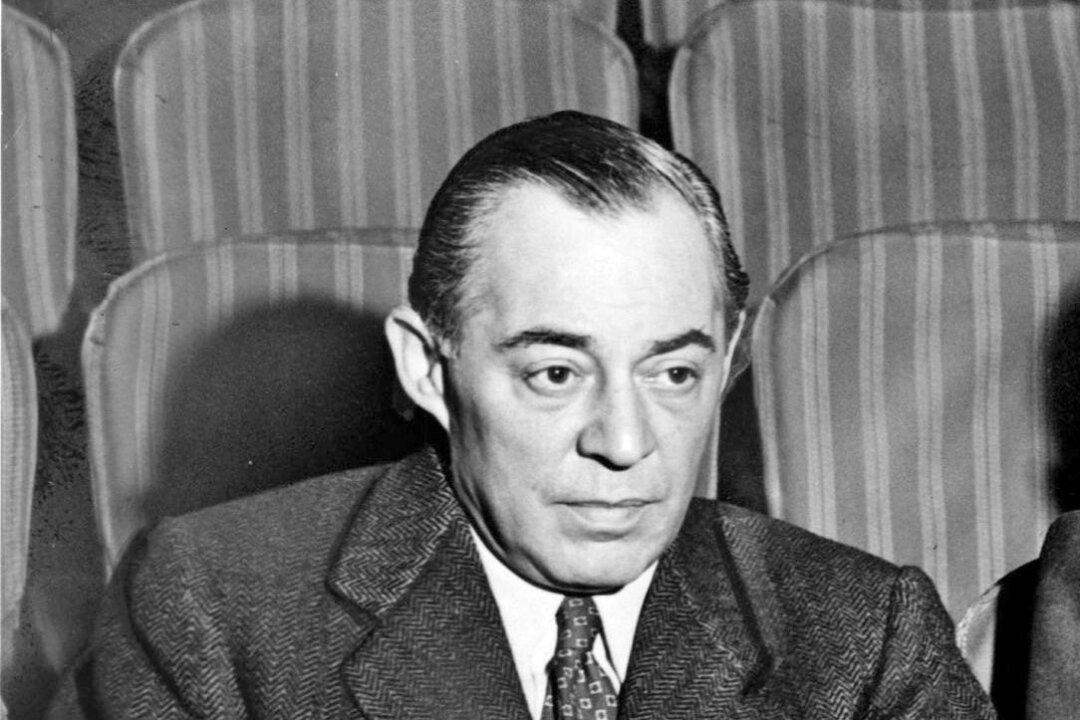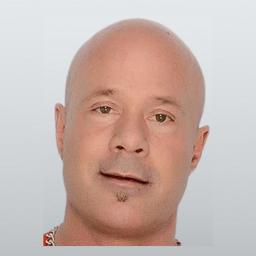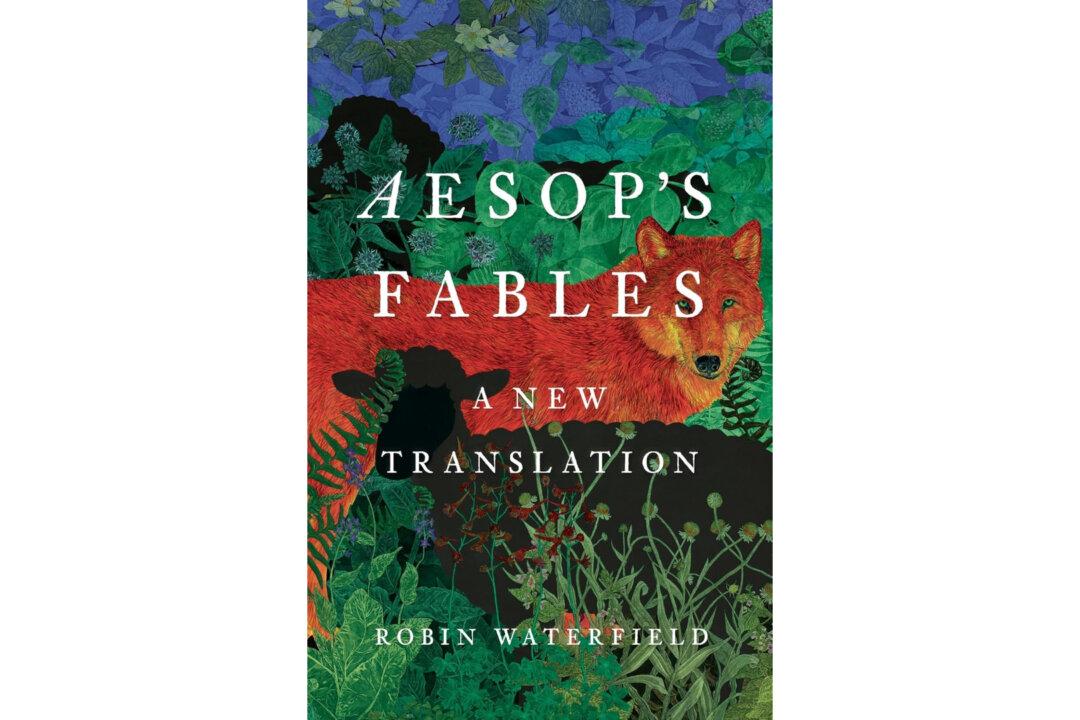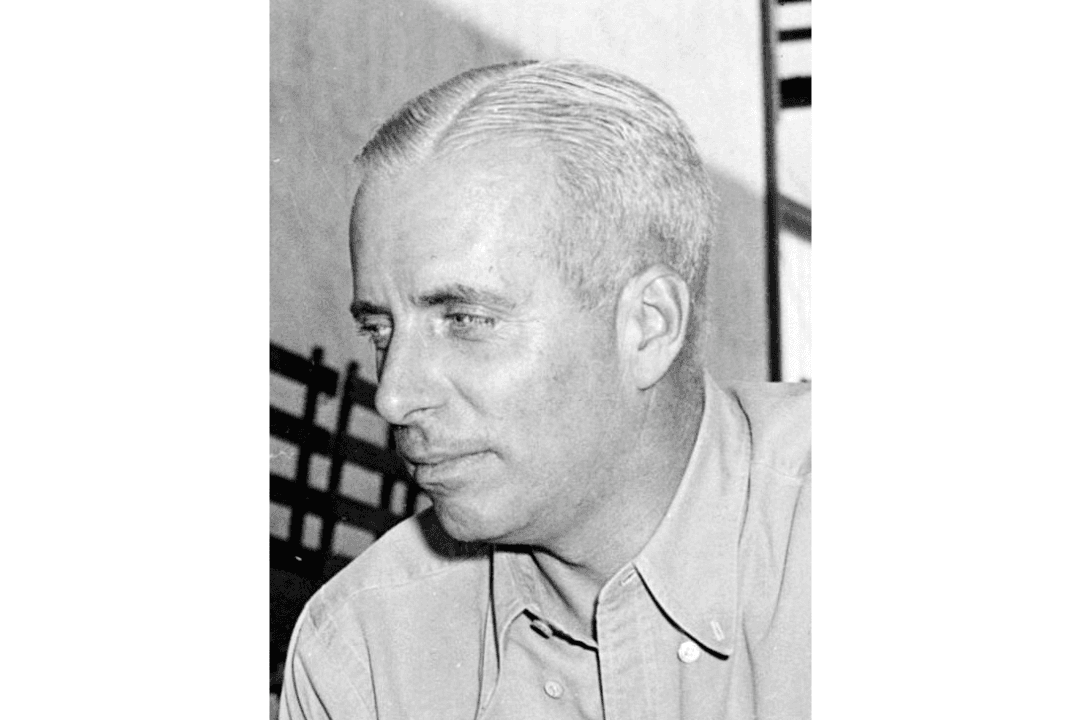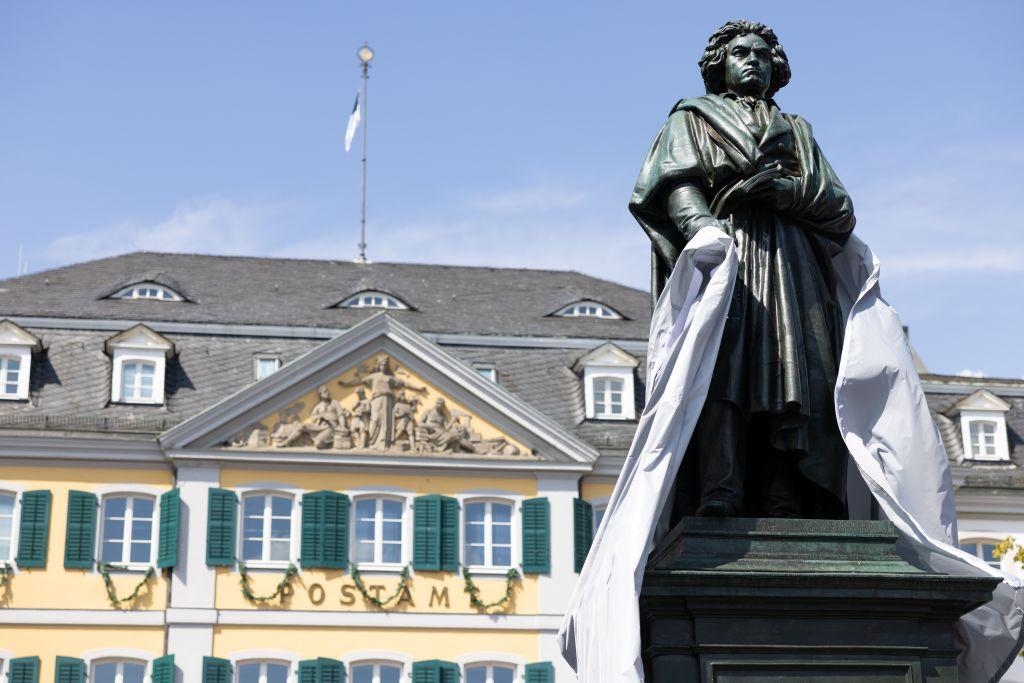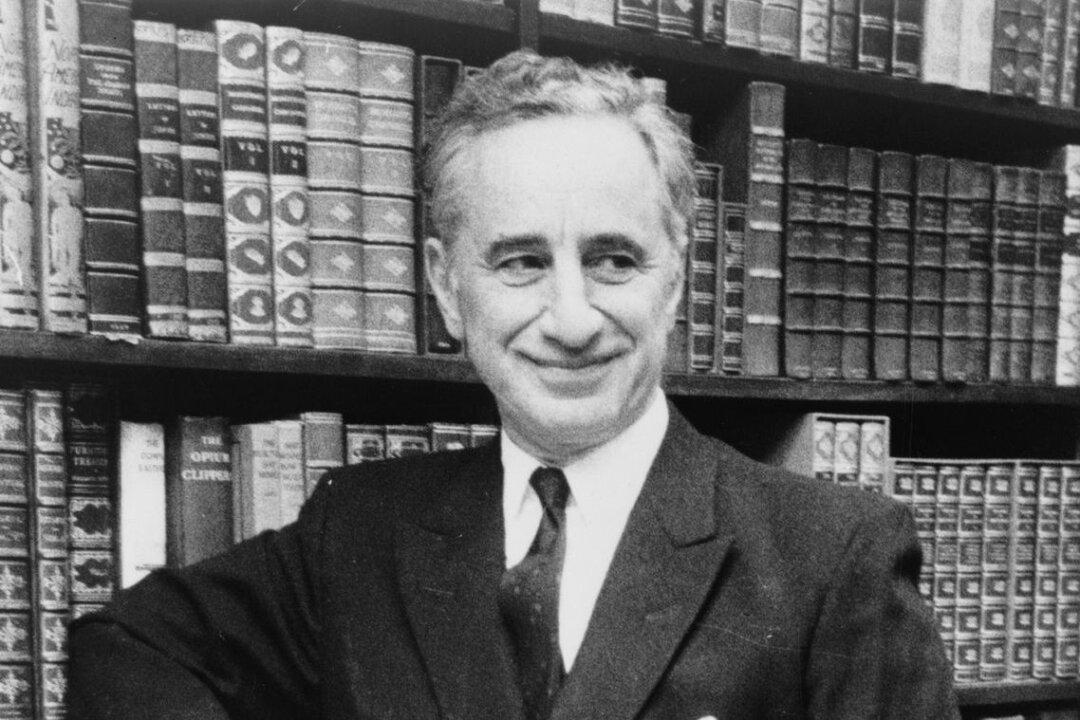Today many think of Broadway musicals as esoteric or effete, but from the 1920s through the 1960s, they were mainstream popular entertainment, spinning off hit songs recorded by stars like Bing Crosby and Judy Garland. My Uncle Keith, for example, was a tough Army vet, a man’s man, yet he loved musical theater. When we visited his family over the holidays, he’d happily show us VHS tapes of “Oklahoma!” or “Camelot.” Even today, who doesn’t recognize “Some Enchanted Evening” from “South Pacific” or “Luck Be a Lady” from “Guys and Dolls”?
Some musicals even became cultural icons. Opening in 1943, “Oklahoma!” ran on Broadway for over five years. The box set of its score (six 78 RPM discs) sold over a million copies. The 1955 movie version filled theaters and has thrived ever since on television. Its soundtrack was the first “Gold” record, and by 1992 it was certified “2X Multi-Platinum.”

